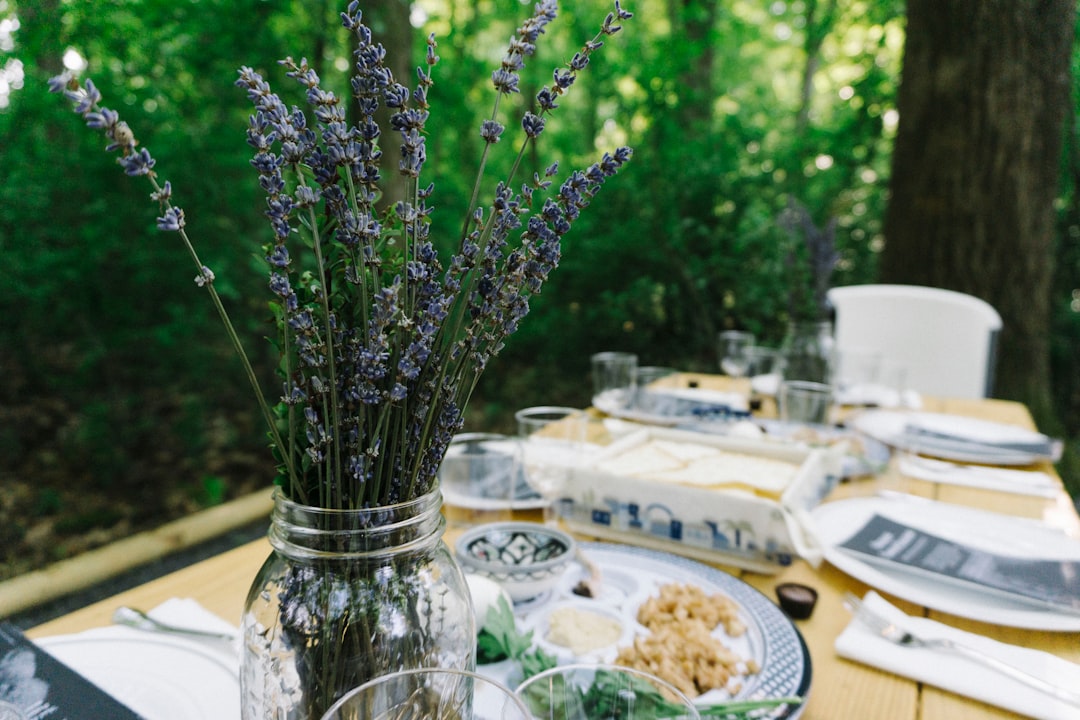I joined my son’s family and friends on Monday night for the reading of the haggadah, the ancient story of the liberation of the enslaved Hebrew people from their captivity in Egypt. It was a joyful occasion in spite of everything. The word for Egypt in Torah is mitzrayim, the narrow places. This year we have been in a very narrow place. We have been in mourning, filled with fear and grief and guilt and confusion. It is tempting to say that this seder was different from all other seders. It’s only six months since the Hamas attack of October 7th that killed 1200 Israelis and resulted in the taking of 250 hostages. 34,000 Palestinians have perished in the war of retribution that has followed. It would be understandable if we had descended into despair, gone about our business as if the calendar did not indicate that it was time to make a Passover seder. But this would have been an enormous missed opportunity. It would mean that we had forgotten the power of the seders that took place in the mid-twentieth century when Europe was in the grip of totalitarian regimes, the seders in 1946 after Hiroshima, in the aftermath of the Vietnam era assassinations in the ‘60s. It would mean that we had forgotten the potential of communal ritual to meet these terrible times with loving speech and deep listening, to give everyone a seat at the table.

Even in ordinary years of everyday suffering and loss, the empty chairs, the awareness that some beloved guests may not survive until next pesach, seder is traditionally a time for deep connection. This year, anyone sitting at the head of the table was called to acknowledge the pain of the war in Gaza, directly affecting Palestinians and Israelis, but also impacting Jews all over the world and non-Jews as well. Some people have felt their connection to Israel deepen. But for many, myself included, the events of the last six months have strengthened my identification with the Diaspora, the 59% of Jews who do not live in Israel and have different and various relationships to Judaism. Some of us have felt acutely uncomfortable, horrified by the depredations of the war, but also fearful of the rise of antisemitism around us. I care deeply about the Tradition, but I do not support the rightwing, corrupt government in Tel Aviv. Above all, I want the life-affirming, joy-enhancing energy of Passover to spread throughout the world. I want us to break matzoh together, to share the taste of the bitter horseradish and the sweet charoset that tell their own story about what life is.
Ritual can be performed in a mindless, rote way. I am reminded of the interminable seders of my childhood listening to my Uncle Jerry drone on in Hebrew. But when we participate in communal ritual consciously with all our being, it has the capacity to help us navigate the narrow places where words alone cannot go. On Monday, we dipped our fingers into our glasses of red wine to name the historic plagues. My grandson wanted to know what was wrong with frogs which I thought was an excellent question. Then we dipped our fingers again to name contemporary plagues. A woman I thought of as a Zionist even though I barely know her, put her finger in her glass and said Famine. Everything changed. Then at the second seder, I participated with a local congregation in the naming of thirty plagues. First the ten traditional ones. Then ten for the places in Israel where people had been slaughtered in October and then for ten places in Gaza where the population had been decimated.
The seder is a choreography of human suffering and redemption. It tells the story of the liberation of the Hebrew people but by implication its power can be expanded to inform our response to the story of the liberation of all people. The table that seats a dozen guests has an infinite number of leaves and can expand to seat and feed all the physically and emotionally starving. It can be a place that generates healing. As Chef Jose Andres of World Central Kitchen says, I don’t want higher walls. I want longer tables. Longer tables provide more spaciousness to make room for more people, more stories. More stories carry a greater potential for peace. We are called to envision peace together as Denise Levertov wrote so beautifully in her 1987 poem Making Peace.
A voice from the dark called out,
"The poets must give us
imagination of peace, to oust the intense, familiar
imagination of disaster. Peace, not only
the absence of war."
But peace, like a poem,
is not there ahead of itself,
can't be imagined before it is made,
can't be known except
in the words of its making,
grammar of justice,
syntax of mutual aid.
A feeling towards it,
dimly sensing a rhythm, is all we have
until we begin to utter its metaphors,
learning them as we speak.
A line of peace might appear
if we restructured the sentence our lives are making,
revoked its reaffirmation of profit and power,
questioned our needs, allowed
long pauses. . . .
A cadence of peace might balance its weight
on that different fulcrum; peace, a presence,
an energy field more intense than war,
might pulse then,
stanza by stanza into the world,
each act of living
one of its words, each word
a vibration of light—facets
of the forming crystal.
***************************************************************************************************
Many Voices will appear on the last Sunday of each month and will feature contributions from the community of paid subscribers. All subscribers are now welcome to read Many Voices posts. In April, Many Voices will feature a piece by Paula Halpin, a retired magazine editor living in the beautiful Gatineau Hills of Western Quebec. Paula is grateful for finally having the time, perspective and opportunity to write and share stories.
Please consider upgrading to a paid subscription to support seventysomething, have access to the archives, and become a contributor to Many Voices. Your ideas are always welcome.
*************************************************************************************************************
Copies of my 2019 essay collection, Twilight Time: Aging in Amazement, are available directly from me (signed) or from Amazon or your local bookseller.




Made me cry
I wanted to take pleasure, solace, anything positive from this piece, whose sincerity and effort were evident. But I got stuck early on when you quoted Hamas's fatality figures, which statisticians around the world have thoroughly debunked--here are a few sources for you: https://www.tabletmag.com/sections/news/articles/how-gaza-health-ministry-fakes-casualty-numbers
https://www.aei.org/op-eds/dont-fall-for-hamass-numbers-game%EF%BF%BC/
https://www.telegraph.co.uk/news/2024/03/16/could-be-devastating-proof-hamas-faking-death-figures/
It's not just you: it's just further evidence of how Hamas owns the narrative. It made me ever so much sadder to think that a well-meaning person such as yourself has swallowed it, too.